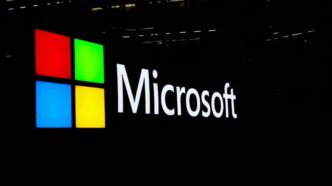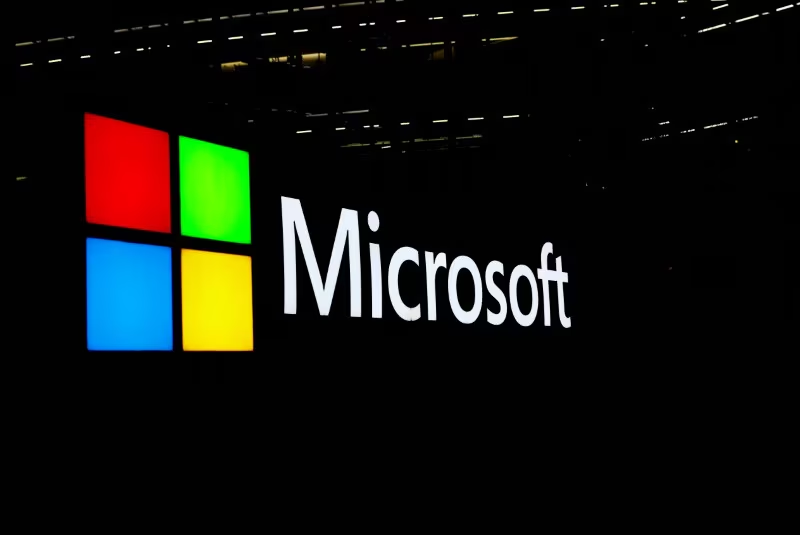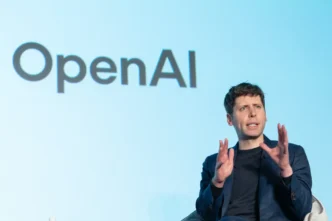Microsoft is officially making it free for developers to publish apps to the Microsoft Store. Starting in June 2025, individual developers will no longer need to pay the $19 registration fee previously required to create an account and distribute apps on the platform. The announcement, made at Microsoft’s Build 2025 developer conference, signals a new phase of accessibility and inclusivity for app creators targeting Windows users.
This shift is part of Microsoft’s broader strategy to strengthen its app ecosystem and attract more developers to build native Windows applications. By removing the financial barrier to entry, Microsoft aims to position the Microsoft Store as the most developer-friendly marketplace among its Big Tech rivals.
A Strategic Move in the App Store Wars
While the Microsoft Store has often lagged behind Apple’s App Store and Google Play in app volume and user engagement, the company is making clear efforts to change that. Removing the onboarding fee puts Microsoft in a more competitive—and developer-centric—position, especially as scrutiny around app store fees intensifies globally.
Apple, for example, continues to charge a $99 annual fee to participate in the App Store developer program. Additionally, it takes a 15%–30% commission on most in-app purchases. Google, on the other hand, charges a one-time $25 developer fee for Google Play, and also takes a revenue cut from app sales and subscriptions. In contrast, Microsoft’s new policy not only eliminates the upfront fee, but also offers developers more flexibility in how they monetize.
Developers using their own payment systems for non-gaming apps on the Microsoft Store already keep 100% of their revenue—a major differentiator. Microsoft does continue to charge transaction fees for developers who opt to use its own commerce platform: 15% for apps and 12% for games. However, this is still a more favorable rate than the standard 30% charged by Apple and the 15%–30% range seen on Google Play.
This bold move could also be interpreted as Microsoft staking out moral high ground in the ongoing battle over app store economics. With regulators in the U.S. and EU pushing for fairer practices and reduced fees, Microsoft is getting ahead of potential pressure—and gaining goodwill from the developer community in the process.
Encouraging More Indie Developers to Join the Microsoft Store
The elimination of the registration fee is especially significant for indie developers, students, and hobbyists who are just starting out. For many, even a small upfront cost can be a barrier to experimentation or launching their first app. Now, with zero entry fees, Microsoft is effectively inviting a new wave of talent to join the platform and publish without friction.
At a time when other platforms are being criticized for gatekeeping or over-monetizing their ecosystems, Microsoft is doing the opposite. It’s removing friction and simplifying the path for developers to go from idea to published product. This could help diversify the range of apps on the Microsoft Store, making it a richer destination for end users as well.
It’s also a logical next step in Microsoft’s evolving developer strategy. The company has already invested heavily in AI tooling, local development environments like Windows AI Foundry, and seamless app integration across devices. Making app publishing free completes the funnel—developers can now ideate, build, test, and distribute entirely within the Microsoft ecosystem at virtually no cost.
From a business perspective, this change makes even more sense when viewed alongside Microsoft’s growing focus on enterprise and cloud services. By lowering costs on the front-end developer experience, Microsoft encourages wider app experimentation, which could lead to broader adoption of Windows tools, Azure services, and enterprise integrations.
What It Means for the Future of App Publishing
This update to the Microsoft Store may seem small at first glance, but it’s a strategic and symbolic gesture that aligns with the company’s long-term vision: an open, accessible, and developer-first platform for the Windows ecosystem.
It’s not just about waiving a $19 fee. It’s about reducing structural friction, leveling the playing field, and inviting innovation from every corner of the world—regardless of how much money a developer has.
As app development continues to evolve—especially with the rise of AI tools, cross-platform frameworks, and low-code platforms—removing even the smallest barriers can have a compounding effect. More developers will now have access to one of the largest desktop platforms in the world, without having to justify the investment before seeing a single download.
While Apple and Google remain dominant in mobile, Microsoft is carving out a compelling niche in desktop and hybrid environments, where flexibility, openness, and trust are becoming more valuable than exclusivity and control.













